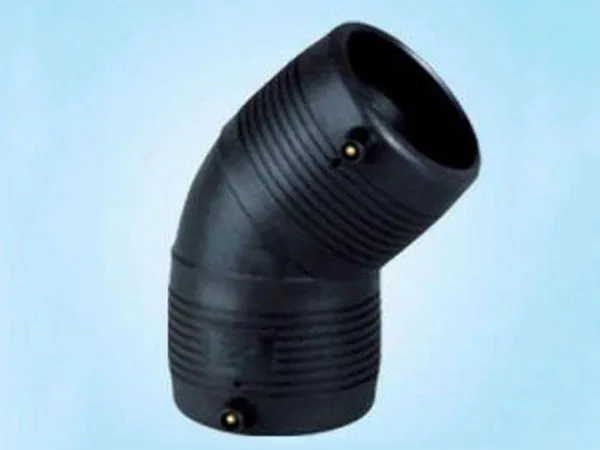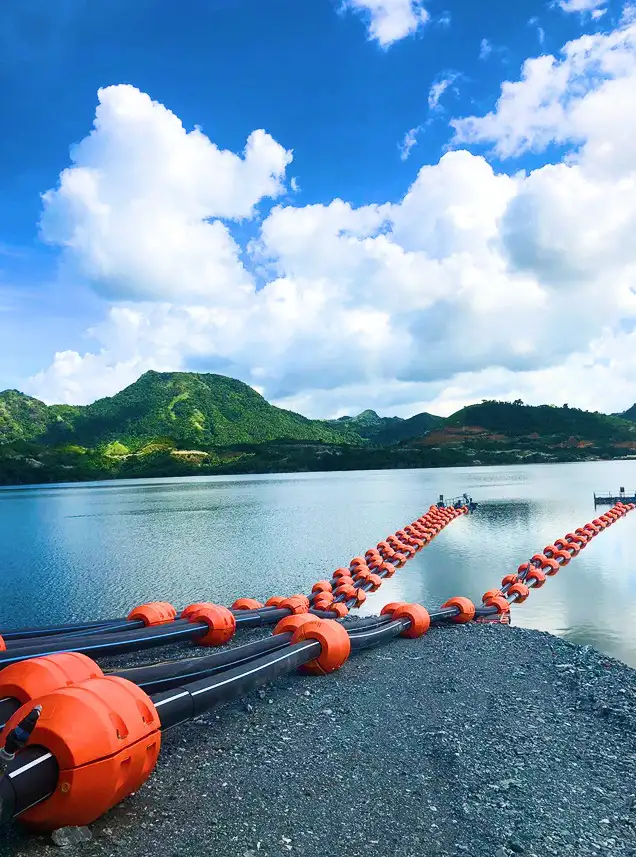
SRTP (Steel Wire Reinforced Thermoplastic) pipes are a type of composite pipe that combines the strength of steel with the corrosion resistance and flexibility of plastic (typically HDPE).
Polymer Type: While HDPE is common, specialized polymers like Polyphenylene Sulfide (PPS), Polyvinylidene Fluoride (PVDF), or Polyamide (Nylon) can be used for the inner liner and outer jacket. This allows for customization based on:
Temperature resistance: For high-temperature applications.
Chemical resistance: To withstand specific corrosive chemicals (H₂S, CO₂, hydrocarbons, brine, etc.).
Permeation resistance: For fluids that might permeate certain plastics.
Adhesive Resin: The bonding resin that connects the steel wire skeleton to the inner and outer layers of polyethylene can be modified to enhance composite strength and durability.
Steel Wire Type and Grade: The type and grade of steel wire used for reinforcement can be chosen to achieve desired strength and flexibility.
Wire Diameter and Configuration: Adjusting the diameter of the steel wires and their winding pattern (e.g., spiral winding, braiding) directly impacts the pipe's pressure rating, stiffness, and resistance to deformation. This is a key factor in achieving various pressure classes (e.g., 1.0MPa to 7.0MPa).
Reinforcement Layer: The thickness and density of the steel wire mesh can be varied to achieve specific strength requirements.
Diameter: SRTP pipes are available in a wide range of diameters (e.g., 50mm to 1000mm or even larger). This is a primary customization based on flow rate and volume requirements.
Length: Pipes can be produced in specific straight lengths (e.g., 5.8m, 6m, 8m) or as longer spools, reducing the number of joints needed.
Wall Thickness: The thickness of the inner liner, outer jacket, and overall pipe wall can be adjusted.
This is a crucial customization. By varying the steel wire reinforcement and pipe dimensions, manufacturers can produce SRTP pipes with different pressure ratings (PN ratings, e.g., PN1.0Mpa to PN7.0Mpa) to suit the application's pressure demands.
While often black with blue stripes, SRTP pipes can be customized in other colors upon request, primarily for identification or aesthetic purposes.
UV Resistance: For above-ground installations, UV stabilizers can be added to the outer jacket to prevent degradation from sunlight.
Flame Retardancy and Antistatic Properties: For certain industrial or mining applications, modified polymers can be used to achieve flame-retardant and antistatic characteristics.
Abrasion Resistance: For abrasive fluid transport, the inner liner can be designed with enhanced abrasion resistance.
Smooth Inner Wall: While generally smooth, some pipes might be optimized further to reduce friction coefficient for specific fluid transport, minimizing pressure loss and energy consumption.
While not a customization of the pipe itself, the choice of compatible connection methods is crucial. SRTP pipes typically use electrofusion fittings for secure, leak-proof connections. Other methods like crimping compression flange connection, spigot flange connection, compression clamp connection, and double seal connection might also be available for specific applications.
Manufacturers of SRTP pipes work closely with clients to understand their specific project requirements. Based on factors like:
Fluid being transported: Water, gas, oil, chemicals, sewage, etc.
Operating pressure and temperature: Max and min values.
Environmental conditions: Buried, above ground, corrosive soil, etc.
Installation requirements: Long runs, bending, trenchless installation.
Regulatory standards: Industry or national standards.
They then select the appropriate raw materials and adjust their manufacturing processes (e.g., extrusion, winding, braiding) to produce pipes with the desired customized properties.
If you have a specific application in mind, it's best to consult directly with SRTP pipe manufacturers. They can provide detailed technical specifications, discuss customization options, and recommend the most suitable pipe solution for your needs.
